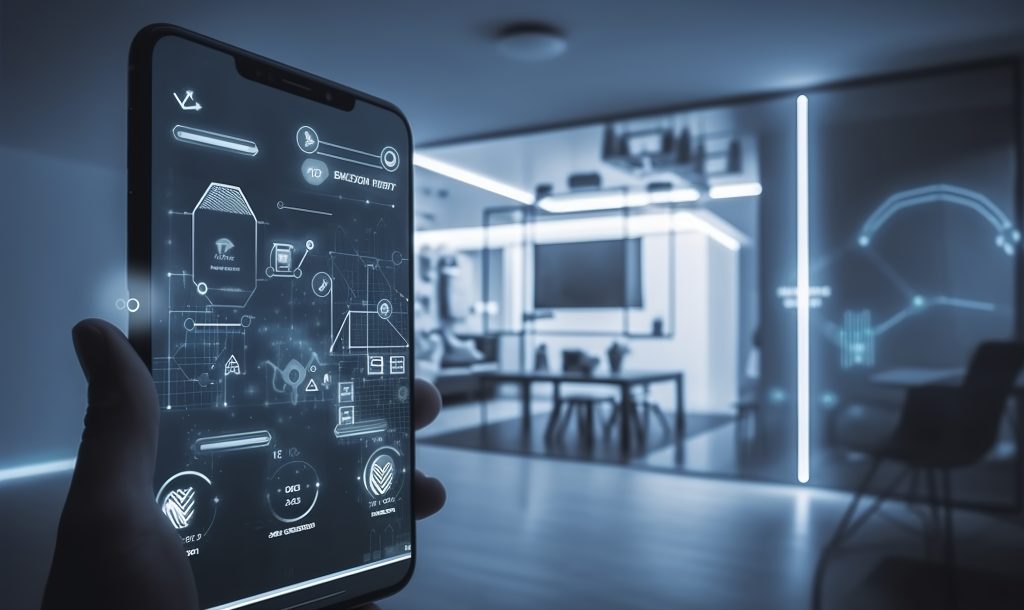In the world of interior design, personalization is key. Everyone wants their living space to reflect their personality, preferences, and lifestyle. However, achieving true personalization can be challenging and time-consuming. This is where AI-driven interior design steps in, offering innovative solutions to create spaces that are uniquely tailored to each individual.
Understanding Personalization in Interior Design
Personalization in interior design involves customizing elements such as color schemes, furniture, lighting, and decor to match a client’s specific tastes and needs. Traditionally, this required in-depth consultations and a lot of back-and-forth communication. With AI, this process becomes more streamlined and efficient.
How AI Personalizes Interior Design
- Data Collection and Analysis:
- Client Preferences: AI tools gather data through questionnaires, style quizzes, and even by analyzing social media activity. This helps in understanding a client’s likes and dislikes.
- Behavioral Insights: By studying how clients interact with their spaces, AI can suggest designs that improve functionality and comfort.
- Design Generation:
- Algorithm-Based Proposals: AI algorithms can generate multiple design options based on the collected data. These proposals can be tailored to fit specific themes, such as modern, rustic, or minimalist.
- Real-Time Adjustments: Clients can tweak designs in real-time, adjusting colors, furniture, and layouts to see instant results.
- Virtual Reality and Augmented Reality:
- Immersive Experiences: AI-powered VR and AR tools allow clients to virtually walk through their redesigned space before any physical changes are made. This helps in visualizing the final outcome and making informed decisions.
- Smart Recommendations:
- Furniture and Decor Suggestions: AI can recommend furniture and decor items that match the overall design theme and fit within the client’s budget.
- Space Optimization: AI analyzes room dimensions and suggests the best layouts to maximize space utilization.
Case Studies of AI-Driven Personalization
- Modsy: Modsy uses AI to create 3D models of clients’ rooms and provide personalized design recommendations. Clients can visualize different design options and purchase recommended products directly through the platform.
- Havenly: Havenly combines human designers with AI tools to offer personalized design services. Clients receive customized design plans and product suggestions based on their preferences and budget.
Benefits of AI-Driven Personalization
- Time Efficiency: AI significantly reduces the time required to develop and revise design plans.
- Cost Savings: Clients can achieve high-quality, personalized designs without the high costs associated with traditional interior design services.
- Enhanced Creativity: AI provides a wide range of design options, inspiring clients to explore new styles and ideas.
- Improved Functionality: Data-driven insights ensure that designs are not only beautiful but also functional and practical.
Challenges and Limitations
While AI-driven personalization offers many benefits, it is important to acknowledge its limitations. AI tools may not always fully capture the nuances of human emotions and preferences. Additionally, the success of AI-driven design depends on the quality of the data input, highlighting the need for accurate and comprehensive data collection.
The Future of AI-Driven Personalization
As AI technology continues to evolve, we can expect even greater levels of personalization in interior design. Advances in machine learning and natural language processing will enable AI to better understand and predict client needs. Furthermore, the integration of AI with smart home technology will create truly intelligent living spaces that adapt to the changing needs of residents.
Conclusion
AI-driven personalization is revolutionizing the interior design industry, making it possible to create spaces that are truly tailored to individual preferences and lifestyles. By leveraging data and advanced algorithms, AI is transforming how we design and experience our living spaces. As this technology continues to advance, the future of personalized interior design looks incredibly promising.

